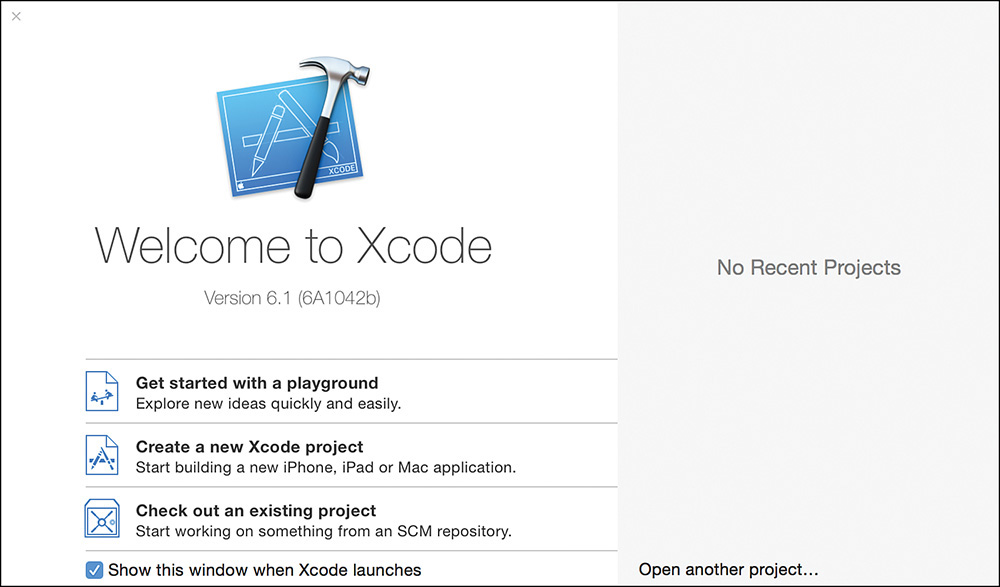
- #IOS SIMULATOR FOR MAC CRASHES ON LAUNCH INSTALL#
- #IOS SIMULATOR FOR MAC CRASHES ON LAUNCH 32 BIT#
- #IOS SIMULATOR FOR MAC CRASHES ON LAUNCH DOWNLOAD#
- #IOS SIMULATOR FOR MAC CRASHES ON LAUNCH FREE#
- #IOS SIMULATOR FOR MAC CRASHES ON LAUNCH MAC#
Note: The PAServer command-line utility allows you to set a device connection timeout using the -devicetimeout=.
#IOS SIMULATOR FOR MAC CRASHES ON LAUNCH MAC#
Connect your iOS device to the Mac using an Apple USB cable (shown above). If you see this message, do the following: If your iOS device is not connected, you see the following message in the IDE after you attempt to launch your app on an iOS device: Troubleshooting For 'Device connection timeout,' please connect your iOS device to your Mac Enter "-cleaninstall" in the Parameters field:. To configure RAD Studio so that the Run Without Debugging and Run actions completely uninstall any previously-installed version of your application, including the data and cache folders, before installing the newer version: 
If you run your application on a device that already contains a previously-installed application with the same CFBundleIdentifier value as the application that you want to run, the Run command reinstalls your application, but only updates the application executable the data and cache folders of your application are not updated. By default, the CFBundleIdentifier value is "$(ModuleName)", which is the name of your project, such as "Project1". When you run an application on an iOS device, RAD Studio installs your application on your device using the CFBundleIdentifier value that you defined in the Version Info options page to uniquely identify your application. Running Your Application with Clean Data and Cache Folders
RAD Studio might look frozen at some points until it launches your app on your iOS device, but it is just preparing to run your app. You must accept this on your Mac so that RAD Studio can continue running your application on your iOS device. The first time that you use a user account on your Mac to run an application on an iOS device, your Mac will prompt you to allow RAD Studio to sign applications using your private key. RAD Studio builds your app using the SDK that you previously added to the IDE, connects to your Mac using the connection profile that you configured for the selected iOS device target platform, and the Platform Assistant on the Mac launches your application on the connected iOS device. Run your app, either with debugging ( Run > Run) or without debugging ( Run > Run Without Debugging). #IOS SIMULATOR FOR MAC CRASHES ON LAUNCH INSTALL#
To run apps built for the App Store, you must submit them to the App Store and install them from the store. Note: You cannot run applications directly from RAD Studio into an iOS device if you build them with the Application Store platform configuration. The selected platform configuration is displayed using a bold font.
In the Target Platforms node, expand the selected iOS device node, expand the Configuration node, and double-click the Development platform configuration to select it. 
The selected target platform is displayed using a bold font.
#IOS SIMULATOR FOR MAC CRASHES ON LAUNCH 32 BIT#
In the Project Manager, expand the Target Platforms node and double-click the iOS device target platform that matches the architecture of your device, either iOS Device - 32 bit or iOS Device - 64 bit. You should always use the latest version of the iOS SDK version. You can use the latest version of the iOS SDK and run your application on older iOS versions that RAD Studio supports. Note: Your iOS SDK version does not need to match the iOS device version. Connect an iOS device (such as an iPhone or an iPad) to your Mac using the Apple standard USB cable (illustrated on the right). Test the connection to your Mac (on the Connection Profile Manager page). It’ll allow you to test your work on the iPhone 4 and 5, as well as a regular or retina display iPad.įor more information check out the using iOS Simulator help page.Connect your iOS device to your Mac with an Apple USB cable Next, follow the folder path below to get to the simulator:Ĭontent => Developer => Platforms => atform => Developer => Applications => iOS Simulatorĭrag the iOS Simulator icon onto your dashboard so you’ll have easy access to it. Right click and select “Show Package Contents”. Once xCode has been downloaded and installed on your machine, open up your Applications folder and scroll down to it. #IOS SIMULATOR FOR MAC CRASHES ON LAUNCH FREE#
It’ll take a little while so feel free to take a breather. Type “xCode” into the search box to track it down then click install.
#IOS SIMULATOR FOR MAC CRASHES ON LAUNCH DOWNLOAD#
But getting one set up was easy enough.įirst thing you need to do is download xCode from the App Store. Since I do all my developing on a Mac, I thought there’d be some type of iOS simulator hidden away on my machine to make it easier on me.

Lately, I’ve been developing a lot of responsive designs specifically for the iPad and iPhone.







 0 kommentar(er)
0 kommentar(er)
